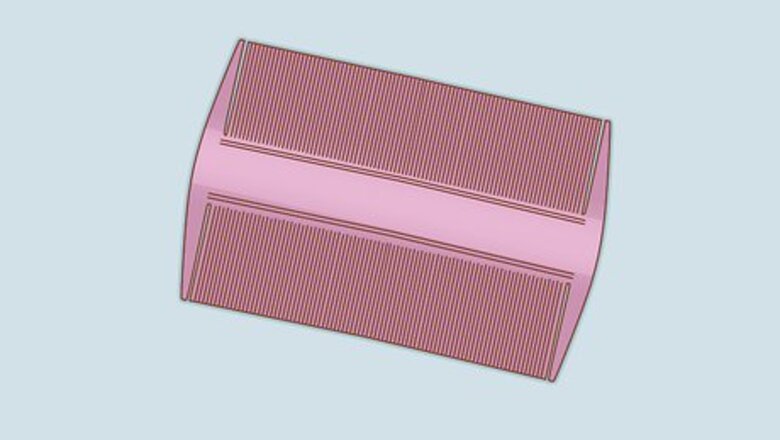
views
Checking for Head Lice and Nits
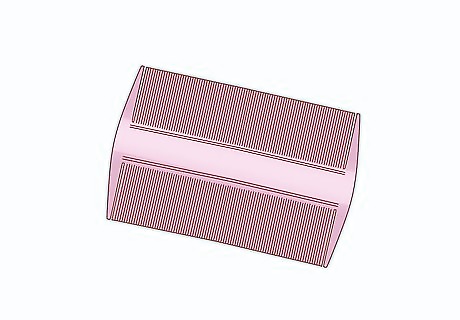
Use a fine-toothed louse comb to help identify living head lice. Head lice move quickly and avoid light. They also tend to stay close to the scalp. For these reasons, it can be hard to spot them while looking through the hair. A fine-toothed comb will be handy in a thorough examination, since it can trap the lice and pull them out of your hair. You can check for lice with either dry or wet hair. If you're checking with wet hair, wash and condition your hair before going over your hair with a comb. Use an ordinary brush to detangle your hair, then switch to the fine-toothed comb and start combing at the front middle of the scalp. Comb the hair from the roots to the ends, examining the comb after each stroke. Do this over your entire head. People with thicker hair may want to look for lice after washing their hair. In this case, using conditioner, or 1 tablespoon (15 ml) of olive oil, may make running the nit comb through your hair easier.
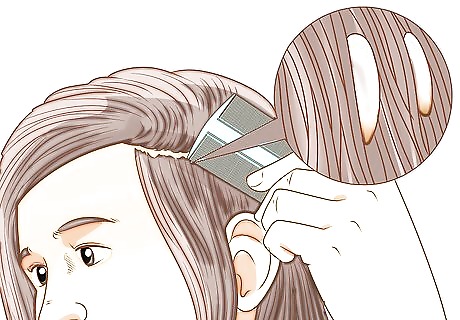
Look for nits (head louse eggs) at the base of the hair shaft. Nits don't move, so they'll be easier to spot than adult lice. Pay careful attention to the areas behind the ears and near the base of the neck when checking for nits. Nits look like small, pearly-white bumps clinging to the shaft of the hair.

Use a magnifying glass to make identification of head lice easier. Dandruff and dirt can sometimes be mistaken for head lice. Adult lice are about the size of a sesame seed, so they are easily visible to the naked eye. Look for little grey or brown wingless insects.
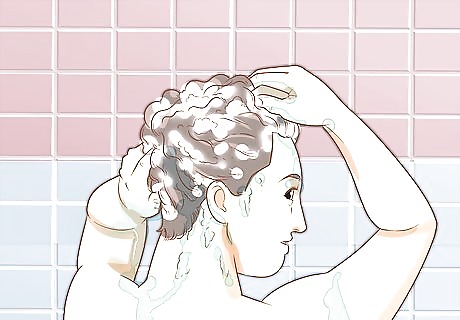
Be sure to treat the person if you find lice or nits. Start by trying a non-prescription lotion or shampoo. Their main ingredient is often 1% permethrin. Apply the lotion of shampoo as directed, waiting 8 to 12 hours and then checking for active lice again. You may need to repeat the treatment after 7 days.

Try a prescription lotion or shampoo if OTC methods don’t work. Malathion 0.5% may be prescribed in cases where non-prescription lotions or shampoos do not have the desired efficacy. You will need to saturate your dry hair and scalp with the product until they are wet. This type of medication is supposed to be left in the hair for a period of 12 hours and then washed out thoroughly with shampoo and water. You may find it most convenient to apply the product at bedtime and leave it in overnight.
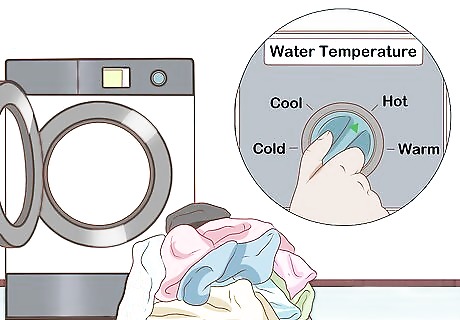
Make sure the lice don't spread. Head lice are contagious, so take measures to keep the infestation contained. Wash all clothing and bedding in hot water immediately, and remove any lice and eggs you comb out of the person's hair. Do not share clothing, especially articles like hats that are worn on the head.
Checking for Symptoms

Look for itching and tickling in your scalp. It's pretty much what it sounds like—humans are allergic to the (very small) amounts of saliva that lice inject into the skin in order to retrieve blood. If you have intense itchiness in your scalp area, check for head lice. While itching is the most common symptom of a head lice infection, some people may experience no symptoms at all.
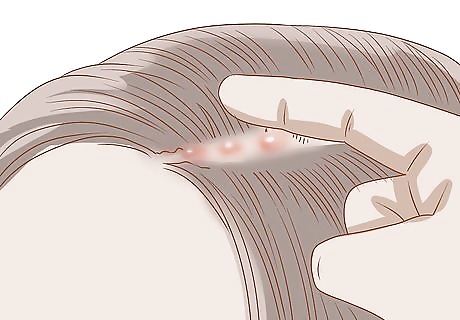
Look for sores on the head caused by scratching. These sores can sometimes become infected with bacteria normally found on a person’s skin.
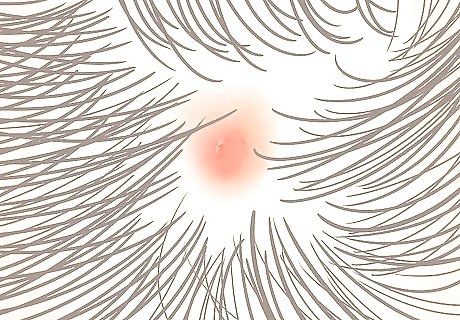
Look for small red bumps on the scalp. These bumps are caused when the lice farm blood from your scalp. They may ooze or become crusty. Some people may also develop a bumpy rash on the back of their neck.













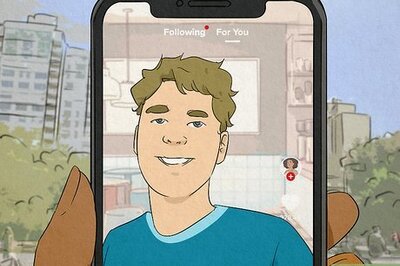
Comments
0 comment